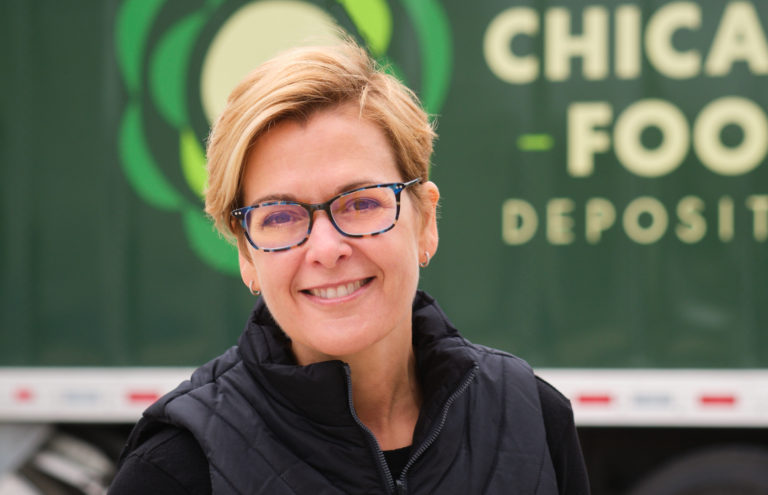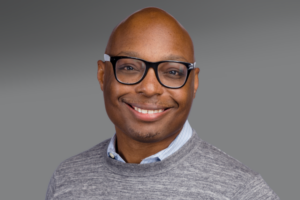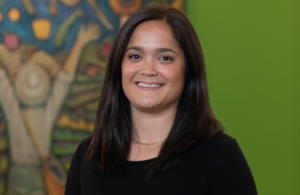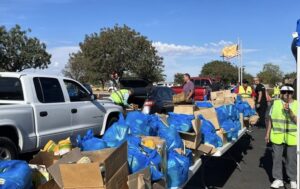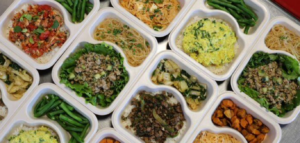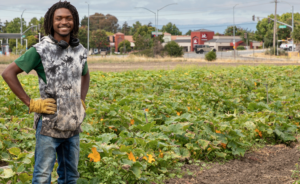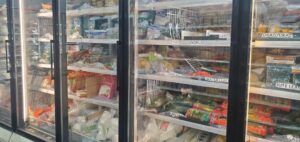The Greater Chicago Food Depository has not been the same ever since CEO Kate Maehr took to heart the inequities revealed by Covid-19.
Her visceral reaction to the pandemic’s impact – she has described realizing the depth of inequity between neighborhoods as a slap in the face – has resulted in game-changing partnerships with new organizations. And it continues with an effort to transform government response to the need for more equitable access to food.
During a year when equity emerged as a guiding principle of food banking, Maehr’s efforts to re-orient her food bank to respond to the equity challenge has led to her conviction that food banking cannot progress without the wisdom of the community to guide it.
“The only way we create a community where all of our neighbors are safe and the future of everyone is bright is by partnering differently,” said Maehr, Food Bank News’ 2021 Food Bank CEO of the Year. “Transformation comes through collaboration.”
At Greater Chicago Food Depository, Maehr presides over the nation’s ninth-largest food bank (by revenue), which acts as a hub for more than 700 agencies and programs. The food bank serves only a single county, but it is the nation’s second-most populous, and is characterized by extreme inequity. In the Chicago area, food insecurity affects Latinx communities at a rate of 29% and Black communities at a rate of 37%, compared to 19% overall.
“The numbers are astonishing,” said Maehr, an Illinois native who became CEO 15 years ago after ten years at the food bank. “If we do not act quickly and boldly, then what’s at stake is the future,” she added.
A centerpiece of Greater Chicago Food Depository’s ambition to reorient itself toward equity is its embrace of new types of agency partnerships. Since the beginning of the pandemic, it has distributed about $9 million of equity grants to 40 predominantly Latino and African American neighborhoods, to improve the quality of food in areas where the nutrition gap is greatest.
The power of new partnerships became clear early on in the pandemic when the food bank turned on a dime to begin reaching out to communities most impacted by Covid. Within weeks, it was serving 10,000 new families through a single new partnership with an organization focused on violence prevention.
The focus on underserved communities has strengthened ever since, and comes with a strong bias toward meeting communities where they’re at. A good example is a single corner in the southwest side of Chicago where a new partner has opened a new client-choice food pantry, as well as a new retail grocery store directly across the street.
The grocery store fulfills the vision of the food bank’s partner, which sought a market where people could shop and purchase food. Ongoing conversations between the food bank and the agency partner led to the unusual set-up on that corner. “It’s another vibrant example of how this work will look going forward,” Maehr said. “It looks really different on that corner than in a different neighborhood.”
Maehr and her team are also pulling levers at the government level. Chicago may boast the nation’s only Food Equity Council, which came about after the food bank’s early-pandemic conversations with the mayor’s office and other community groups. The food bank seized the moment to begin advancing a broader view of how to resolve food insecurity, including maximizing access to benefits like SNAP and removing barriers to urban farming and BIPOC food entrepreneurs.
“This is not only about strengthening food pantries, but how do we create a healthy and vibrant Chicago,” Maehr said.
In a novel approach, the food bank has hired and is paying the salary of the Council’s lead staff person, who will sit in directly in the mayor’s office. The food bank proposed the unusual model in recognition of the limited bandwidth of the mayor’s office, as well as its success in deploying a similar model at the state level.
Because of an Illinois budget crisis and a raft of unfilled positions, the state was in jeopardy of losing its federal funding for SNAP because application wait times were so long. So the food bank installed a staffer to work directly within the state’s government offices, increasing the timeliness rating for SNAP benefits to 95%.
“We know there is work to be done to enhance the safety net experience and we have to do that in partnership with the government,” Maehr said, explaining the cooperative approach. “We’re all in this together.”
Whether working on the ground or within the government, Maehr’s Covid-informed approach to food banking is a departure from its more traditional emphasis on transactions and scale. “The challenge in front of us is to be able to partner in ways that empower the community,” she said. “It’s an incredible moment of collaboration.” — Chris Costanzo
Like what you’re reading?
Support Food Bank News